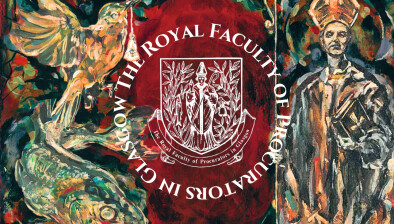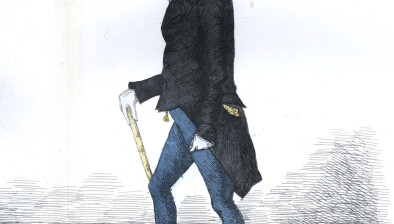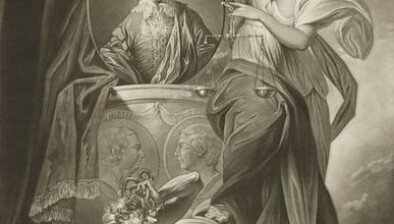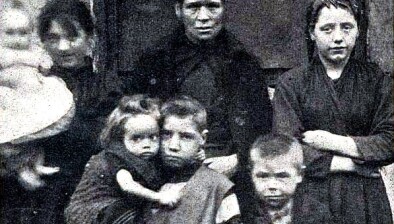Our Legal Heritage: The Great Scottish Witch Hunt of 1597
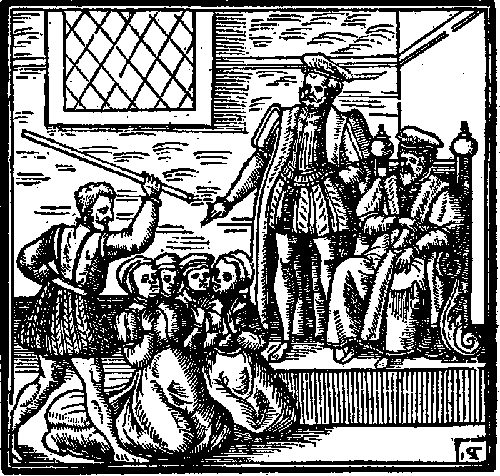
King James VI orders
the beating of women
accused of witchcraft;
Daemonologie (1597)
Lauren Brown looks back at the long summer of 1597 when Scotland was swept by witch-finding fever.
Between March and October 1597, Scotland was gripped by witchcraft hysteria. Around 400 people were tried for witchcraft and 200 are believed to have been executed. The number of people accused was double that of those unfortunates who were accused during the infamous Salem witch trials of 1692-1693, immortalised in Arthur Miller’s The Crucible.
These trials marked the beginning of the large-scale witch hunt phenomenon in Scotland, paving the way for a further three ‘great’ witch hunts. Amongst them, the trials of 1661-1662 in which 660 people were accused of witchcraft. It is estimated that 4,000 Scots were executed for the ‘crime’ of witchcraft. Most were horrifically tortured to secure confessions.
The trials of 1597 were markedly different from those that had preceded them in 1590. The 1590 ‘North Berwick’ trials implicated over 70 people in the East Lothian area and were personally overseen by King James VI. These trials marked the stirrings of an anti-witch movement in Scotland, but the Great Witch Hunt of 1597, which followed the publication of the King’s anti-witchcraft book Daemonologie the previous year, ushered in an era of regular witch trials across many communities.
The political conflict between the King and the Presbyterian church, alongside outbreaks of plague and famine, may have been the catalysts for the witch hunts.
Historian Julian Goodare has revealed that many Scottish people believed that, by carrying out witch trials, they would earn God’s favour and facilitate an end to famine and plague.
One documented case from Aberdeenshire is of Isobel Skuddie. She was accused of gathering human bones to create love charms. Convicted of witchcraft, she was subsequently burned at the stake.
The trial of Margaret Aitken is often cited in discussions of the 1597 trials. Named the Great Witch of Balwearie, she was arrested in Fife in April of 1597. Under torture, she pled guilty to the charges of witchcraft but managed to save her life by swearing her ability to recognise other witches. Accordingly, she aided the courts in identifying numerous ‘witches’.
The witch trials were a means of controlling women and ridding the communities of unfavourable or rebellious characters.
The tragic case of Margaret Aitken, forced to seal the fate of other accused people, reveals the lengths women were driven to in order to survive this dangerous period in Scottish history.







